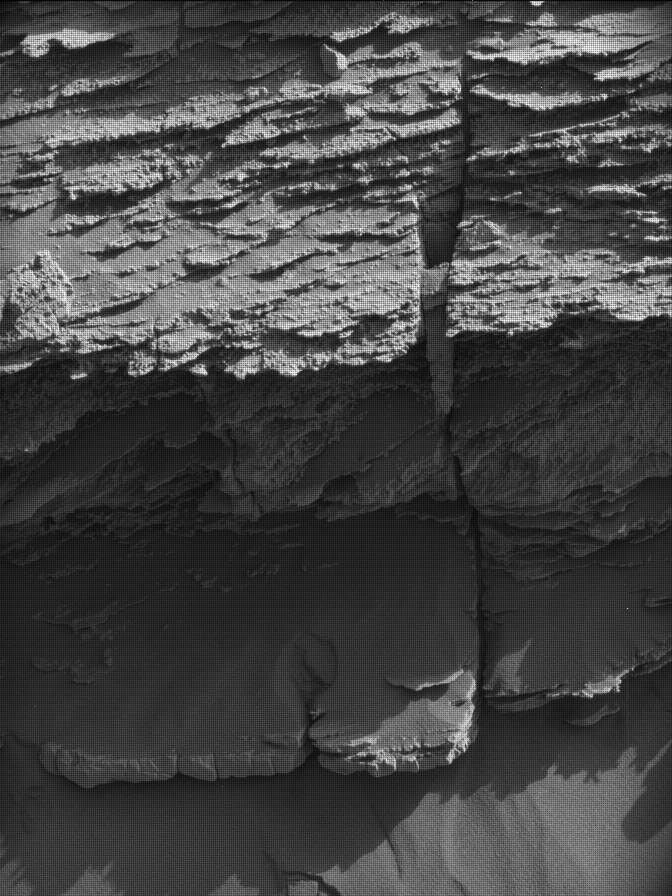We are steadily continuing to check things off of the long "To
Do" list for our stop at Namib Dune. This weekend’s plan starts on sol 1232
with a day dedicated to analyzing the sand samples with SAM. Then, on Sol 1233 we will
start off with Mastcam change detection on the target "Hebron" and then a "multispectral"
observation of the target "Hakos" using all of Mastcam’s different color filters.
Next up, ChemCam has an RMI mosaic of "Gobabeb" dump pile A and then an
analysis of the vein target "Sanitatis". Next MAHLI will take a bunch of pictures of
the various dump piles and scoops in the dune.
On sol 1234, we have a long, busy science block full of
Mastcam and ChemCam. It starts off with Mastcam multispectral observations of
the Sanitatis vein, and of dump piles C,D,E, and F. This is followed by some
Mastcam atmospheric observations of the sun and the crater rim to help
determine the amount of dust in the atmosphere. ChemCam will then analyze dump
piles C and D, first with the laser off to get the reflectance spectra, and
then with the laser on to get chemical composition. ChemCam will also use the
laser to analyze the soil target "Dwyka" and then will finish up with a long
distance RMI mosaic of Mt. Sharp. Then we will take Mastcam images of each of
the ChemCam targets. We will finish up the science block with some photometry
images from Mastcam and Navcam to help understand how light scatters off the
Martian surface, and then some Navcam atmospheric monitoring movies. Finally,
APXS will analyze dump pile B overnight.
The weekend plan also includes an early morning science
block on the morning of sol 1235, which will contain more Navcam movies,
Mastcam observations of atmospheric dust, and a repeat of the photometry
experiment at a different time of day to capture a different lighting angle. by Ryan Anderson -Ryan is a planetary scientist at the USGS Astrogeology Science Center and a member of the ChemCam team on MSL. Dates of planned rover activities described in these reports are subject to change due to a variety of factors related to the Martian environment, communication relays and rover status.
Written by Ryan Anderson, Planetary Geologist at USGS Astrogeology Science Center



































